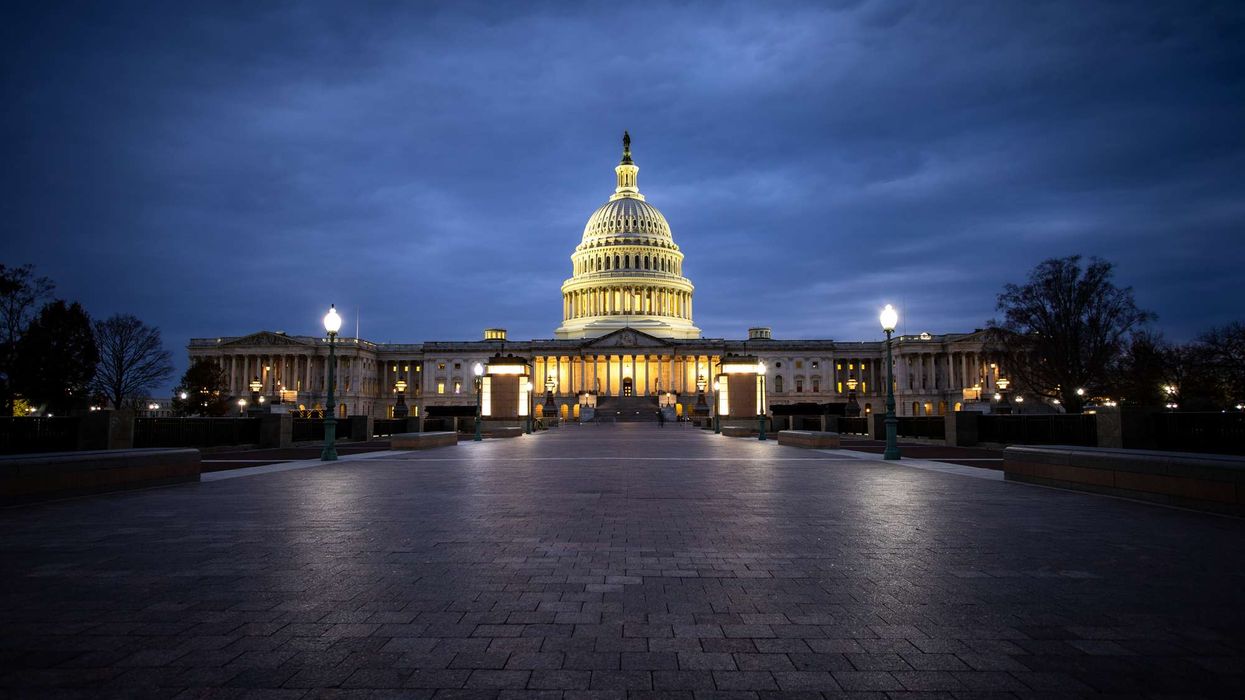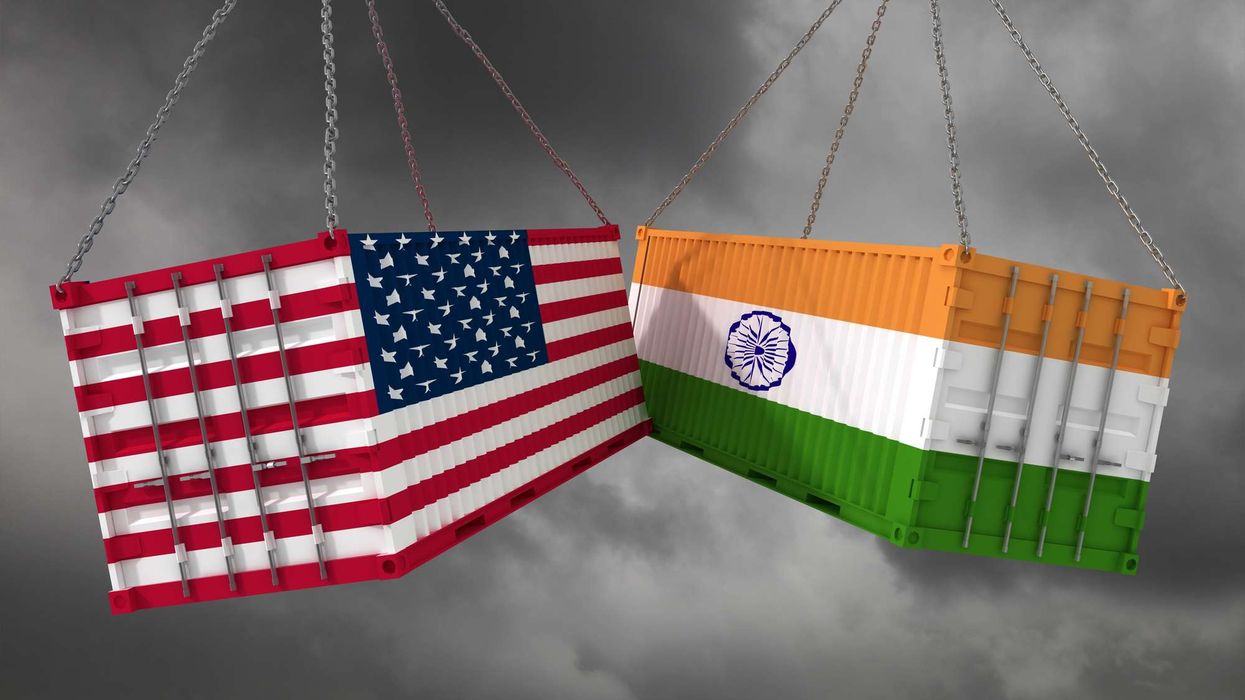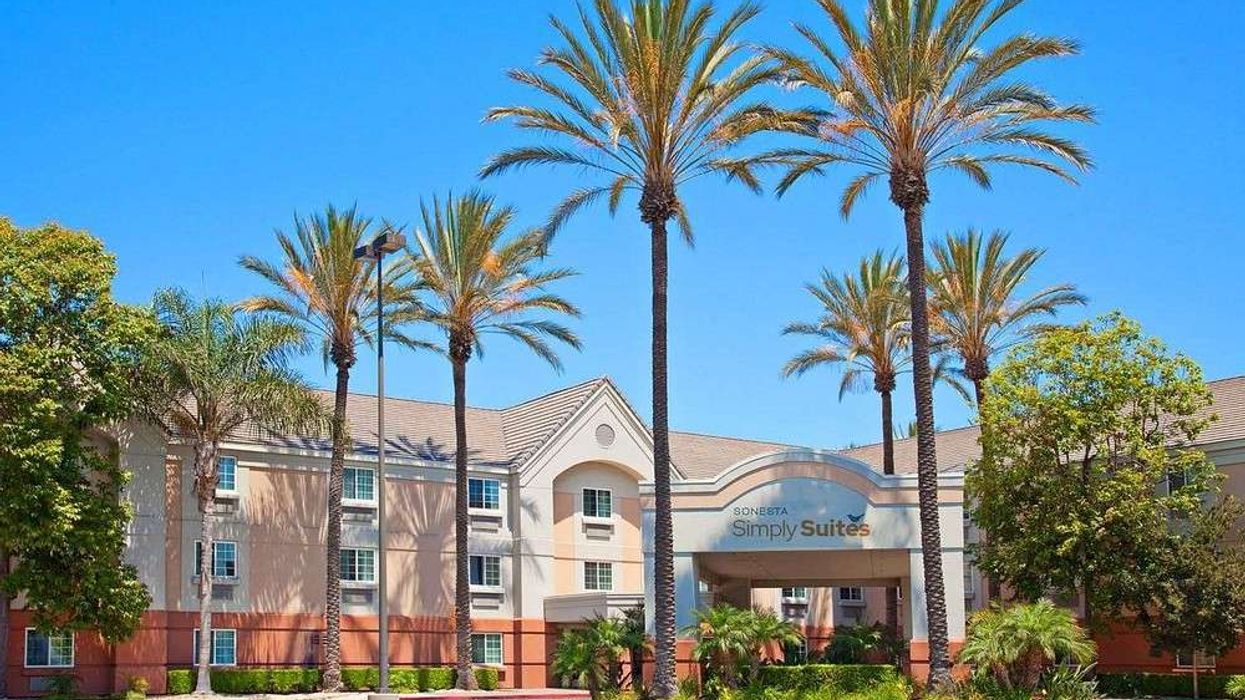AS THE MONTH in which the COVID-19 pandemic began, March saw the first drops in hotel profits around the world, according to HotStats. In the U.S., as elsewhere, the decrease was to more than 100 percent down from the previous year.
GOPPAR dropped 110.6 percent to negative $12.71 during the month in the U.S., which was home to a third of the more than 2.7 million COVID-19 cases recorded globally. It was the largest decline HotStats has measured since it began tracking U.S. data, beating -10.4 percent in March 2015, and was the first time GOPPAR was recorded as a negative value.
“The decrease in GOPPAR was a result of mammoth drops on the revenue side. RevPAR for the month was down 64.4 percent, heavily influenced by a 48.8-percentage-point drop in occupancy to 31.5 percent,” HotStats said in a statement. “The presumption is that April occupancy will suffer even more, as many hotels were still open in early March.”
TRevPAR also dropped a 62.1 percent as a result of the dip in RevPAR, along with a more than 65 percent drop in total F&B RevPAR. Expenses also dropped as hotel operations slowed, with labor costs going down 21 percent
“However, savings in payroll did not match drops in revenue, since many hotels still had to maintain certain levels of staffing, even amid shuttered hotels,” HotStats said.
March’s profit margin fell 52.8 percentage points to -11.6 percent.
“As COVID-19 conceivably lessens or peters out in the ensuing weeks and months and hotels reopen, expectations are that hotel performance will pick up from the depths it is in currently,” HotStats forecast. “But with demand tied closely to GDP growth and expectations of double-digit drops in the second quarter across the globe, hoteliers will be hard-pressed to generate a modicum of revenue throughout the rest of the year and likely will have to wait until there is a vaccine to see profits normalize.”
HotStats had foreseen an “ugly March and April” in the U.S. market based on declines in the Asia-Pacific region in an April 10 report.












